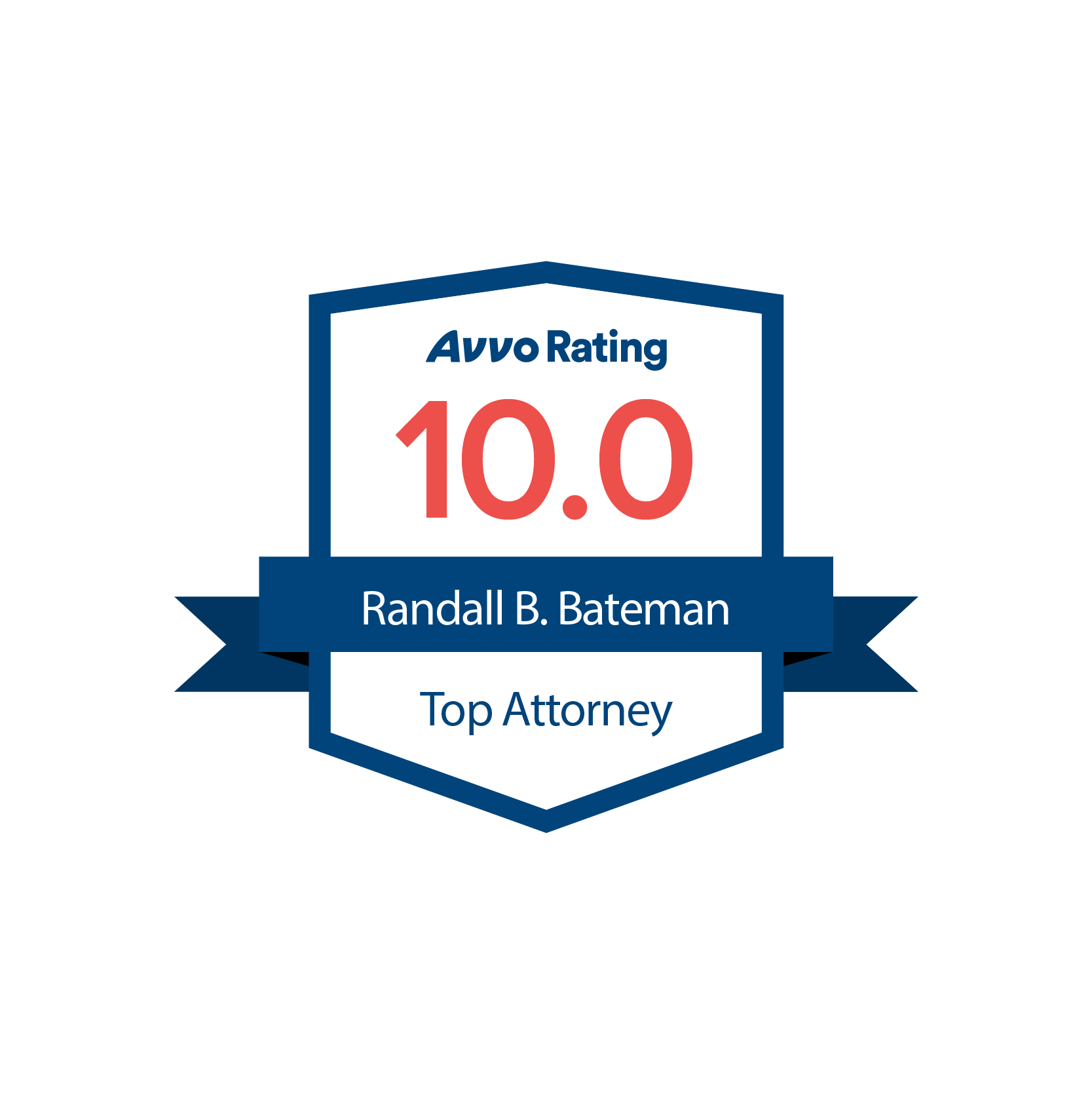
THE PATENT APPLICATION PROCESS
Patent Search
Most patent applicants desire to first ensure that no one else has already obtained a patent for their invention. This is usually accomplished by conducting a patentability search. Patent searches can vary from a simple computer search of the Patent and Trademark Office database, to professional search firms who spend considerable time investigating the closest relevant prior art patents to determine the likelihood of an invention being patentable. It is usually desirable to conduct at least some form of patent search, as the results of the patent search can help focus the inventor on what are the truly novel aspects of the invention and which portions will likely be found to be obvious in light of the prior art.
Preparation of the Application
A patent application has several parts. Usually, the application will include a background section that places the invention in the context of the prior art (the state of the industry or in the context of a problem being solved). The application will also include a summary of the invention and a description of the drawings contained in the application if any. The application will also include a detailed description of the invention which should be in sufficient detail to enable a person of ordinary skill in the art to make and use the invention. The patent application must also have at least 1 claim which defines the legal scope of protection sought by the applicant. Finally, the application will have a short abstract describing the subject matter of the invention and drawings used to explain the invention.
Prosecuting the Application
After an application has been filed, it will typically take 14-24 months in order to obtain a first office action. In the office action, the examiner will review the case and note any failure to comply with the requirements as to clarity of the invention and structuring of the claims. The examiner will also cite the best references that he or she finds and will typically reject 1 or more of the claims in light of the cited art. The patent attorney then prepares a response either explaining why the art cited by the examiner does not meet the claim limitations or amending the claims to distinguish the invention over the prior art. It is not uncommon for two or three such exchanges to occur between the examiner and the patent attorney prior to issuance of a patent. Once a patent application has been granted it will issue upon the payment of a fee to the Patent and Trademark Office. The patent is then issued and will be valid from the date of issuance until 20 years from the filing date of the application provided that the patent owner pays the appropriate maintenance fees. Maintenance fees are currently due 3 ½, 7 ½, and 11 ½ years after the issue date of the patent. Failure to pay the maintenance fees will result in the patent being abandoned.




